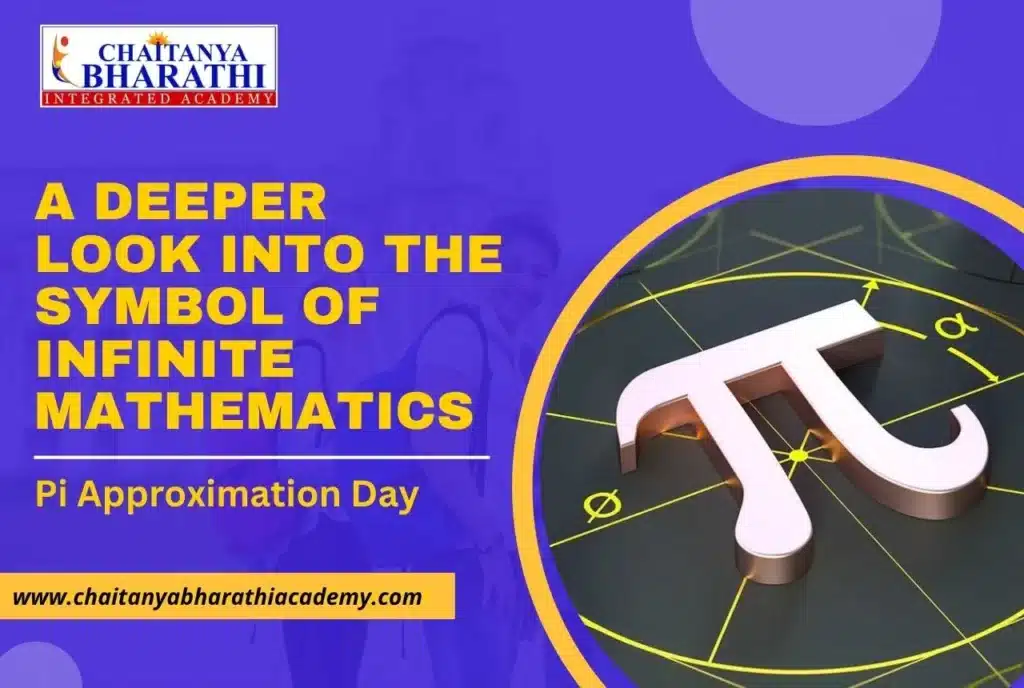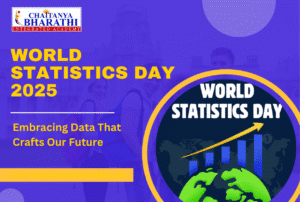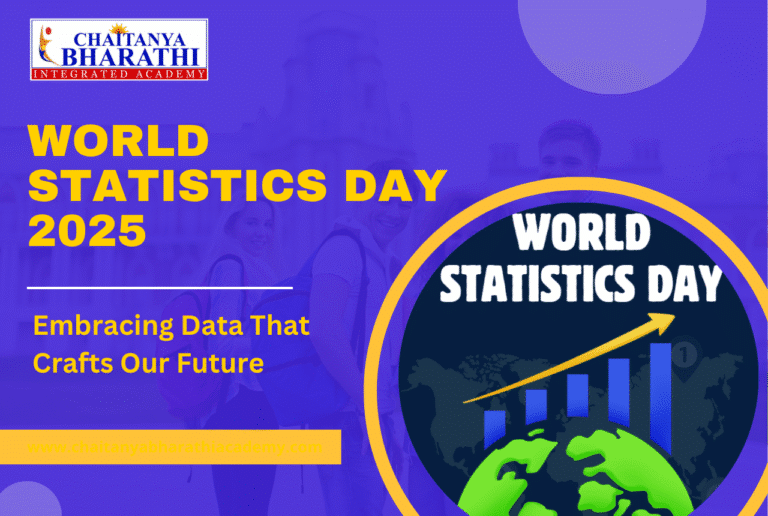Pi Approximation Day, observed on July 22, highlights what pi is, what is pi value, historical values of pi, and how it differs from the traditional Pi Day.
Among the many wonders of mathematics, few symbols are as iconic as π, or pi. While it’s commonly known as 3.14, there’s much more to this constant than meets the eye. Celebrated every year on July 22, Pi Approximation Day honors the rich history of pi and the efforts to estimate its value.
If you’ve ever wondered what pi is, what is pi value, or when’s Pi Day, this blog is your ultimate guide. We’ll explore what is a value of pi, dive into historical values of pi, and explain the differences between Pi Day (March 14) and Pi Approximation Day. Join us in discovering the importance and timeless appeal of this infinite mathematical constant.
What Pi Is and Why It’s Important
To fully appreciate Pi Approximation Day, it’s essential to understand what pi is. In the simplest terms, pi is the ratio of a circle’s circumference to its diameter. This means no matter how large or small a circle is, dividing the circumference by the diameter will always give the same result- pi.
But here’s where it gets interesting. Pi is an irrational number, which means its decimal representation is infinite and non-repeating. It goes on forever without any exact pattern. While we commonly use pi as 3.14, or more precisely 3.14159, the actual value stretches to trillions of digits beyond the decimal point.
So, what is a value of pi? The most well-known values include 3.14 for general use and 22/7 for fractional approximation. Both these values of pi help us make practical calculations, especially when working with circular measurements. While pi can never be perfectly captured in a decimal or fraction, these approximations help us get very close in most real-world scenarios.
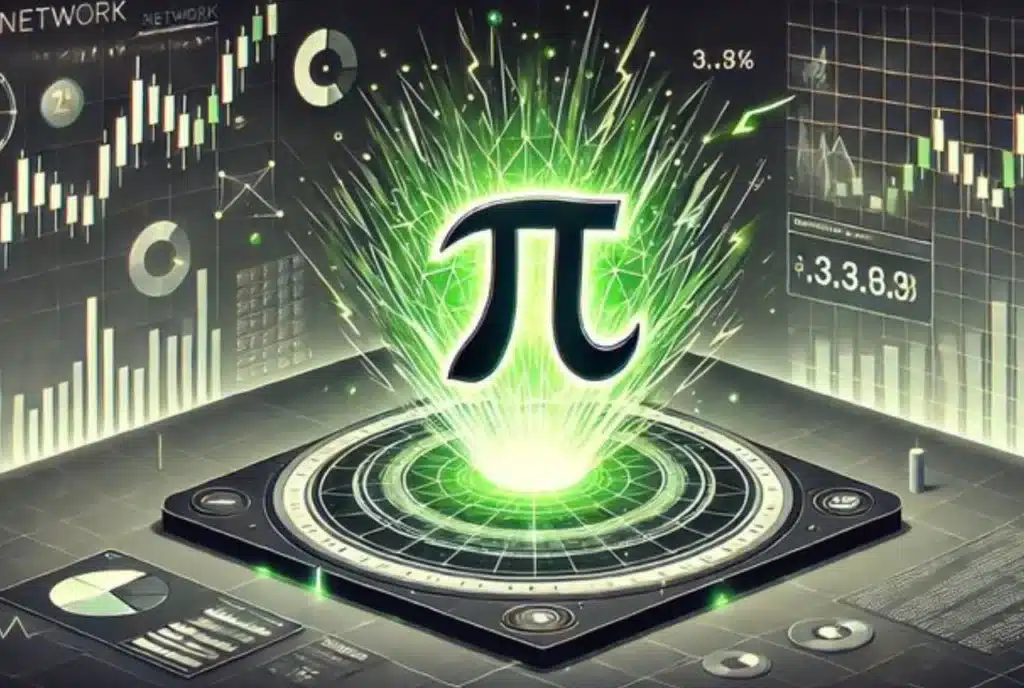
When’s Pi Day and What Is Pi Approximation Day?
Many people are familiar with Pi Day, but you may still wonder when’s Pi Day celebrated. Pi Day is observed every year on March 14. This date is significant because the number 3.14 corresponds to the first three digits of pi in decimal form. On this day, math lovers around the globe engage in fun activities, quizzes, and even pie-eating contests to honor this magical number.
However, there is another equally exciting celebration- Pi Approximation Day. This day is celebrated on July 22, a date that corresponds to the widely used fractional approximation 22/7. While Pi Day focuses on the decimal value of pi, Pi Approximation Day highlights the mathematical simplicity and historical use of this fractional representation.
So if you’ve ever asked when’s Pi Day and how it differs from Pi Approximation Day, now you know. Both days celebrate pi, but from different mathematical perspectives.
A Historical Journey of Approximating Pi
The idea of approximating pi is not new. In fact, it dates back thousands of years. Ancient civilizations, including the Babylonians, Egyptians, Chinese, and Indians, all had their own values of pi for mathematical and architectural purposes.
For instance, the Babylonians used 3.125, while the ancient Egyptians worked with 3.1605. One of the most famous approximations, 22/7, is attributed to Archimedes of Syracuse, a brilliant Greek mathematician. He calculated that pi lies between 223/71 and 22/7, making 22/7 a simple yet effective approximation.
Today, Pi Approximation Day is a tribute to these early efforts. It allows us to reflect on how human curiosity and mathematical skill have brought us closer and closer to understanding what pi is and the many values of pi that have shaped scientific progress.
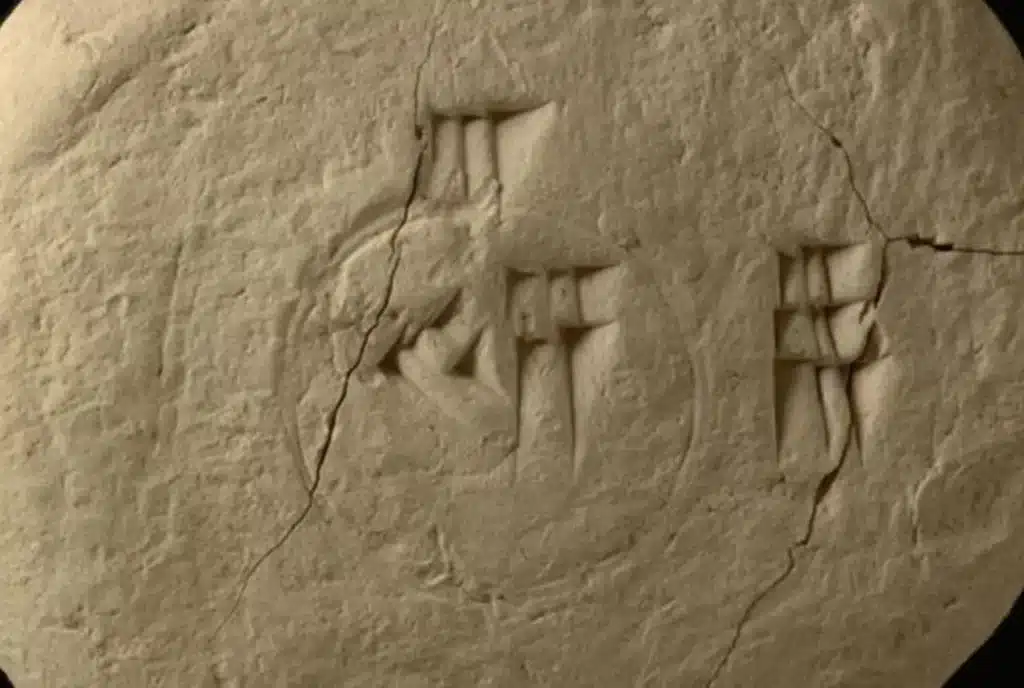
Creative Ways to Celebrate Pi Approximation Day
You do not need to be a mathematician to enjoy Pi Approximation Day. Whether you’re in a classroom, at work, or relaxing at home, there are several ways to celebrate the beauty of pi:
- Hold a Pi Challenge: Host a competition where participants try to memorize as many digits of pi as possible. This is a fun way to explore what is pi value and test memory skills.
- Bake a Pi Pie: Use a circular pie as a teaching tool to explain what pi is and how it relates to the circle’s diameter and circumference.
- Host Math Games: Organize math trivia focused on what is a value of pi, the history of pi, and its real-world uses.
- Create Educational Posters: Display various values of pi and famous quotes about mathematics.
- Explore Circle Geometry: Take circular objects and use string and rulers to manually calculate pi. This hands-on method reinforces understanding of what pi is.
These engaging activities help make abstract concepts more concrete and enjoyable, especially for students and young learners.
Why Pi Continues to Matter Today
Despite the availability of high-precision calculators and advanced software, approximating pi remains relevant. In fields like architecture, astronomy, and engineering, accurate values of pi are essential for designing circular structures, calculating orbital paths, and creating precision instruments.
Even today, supercomputers are used to calculate trillions of digits of pi, although most practical applications only require the first few digits. NASA, for example, often uses 3.14159265358979 just 15 digits for its complex space missions.
Understanding what is a value of pi and what pi is provides a gateway into higher-level mathematical thinking and problem solving. That’s why Pi Approximation Day serves as more than just a holiday, it’s a celebration of precision, logic, and the human drive to understand the universe.

Conclusion: Honoring the Infinite Beauty of Pi
In conclusion, Pi Approximation Day is more than just a date on the calendar. It is a reminder of how far human curiosity has taken us in the pursuit of mathematical truth.
By learning what pi is, exploring what is a value of pi, and appreciating the many historical values of pi, we not only strengthen our mathematical knowledge but also connect with a timeless legacy of discovery.
So on July 22, take time to reflect, calculate, and celebrate the fascinating constant that continues to shape our understanding of the world pi.

